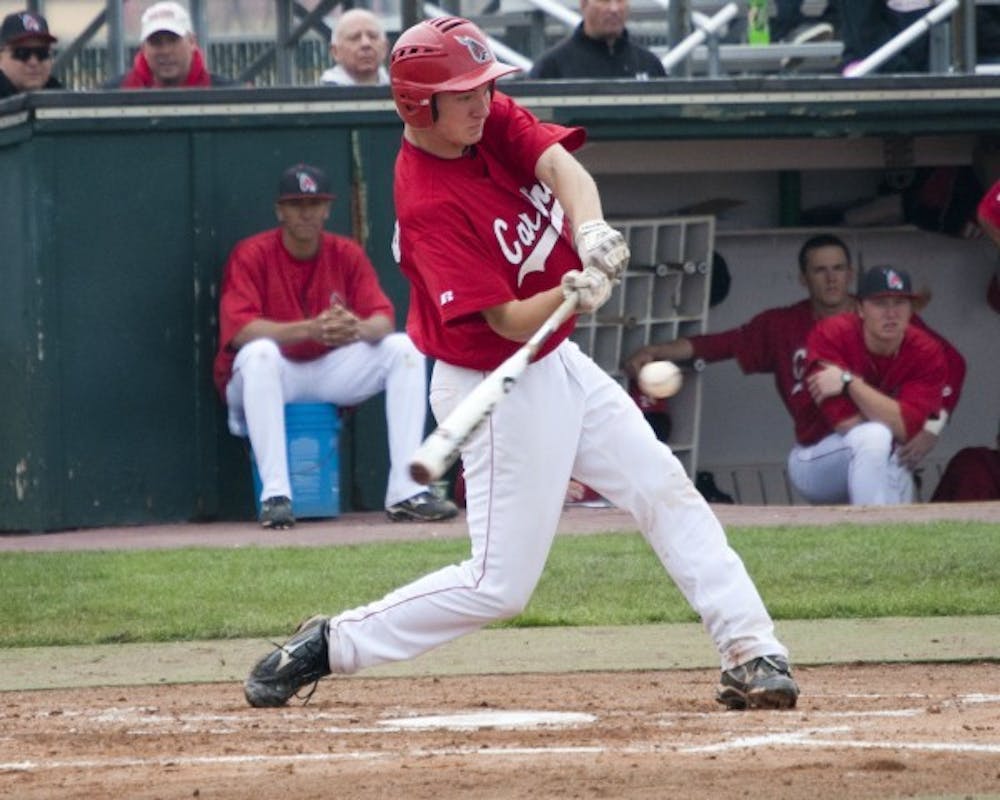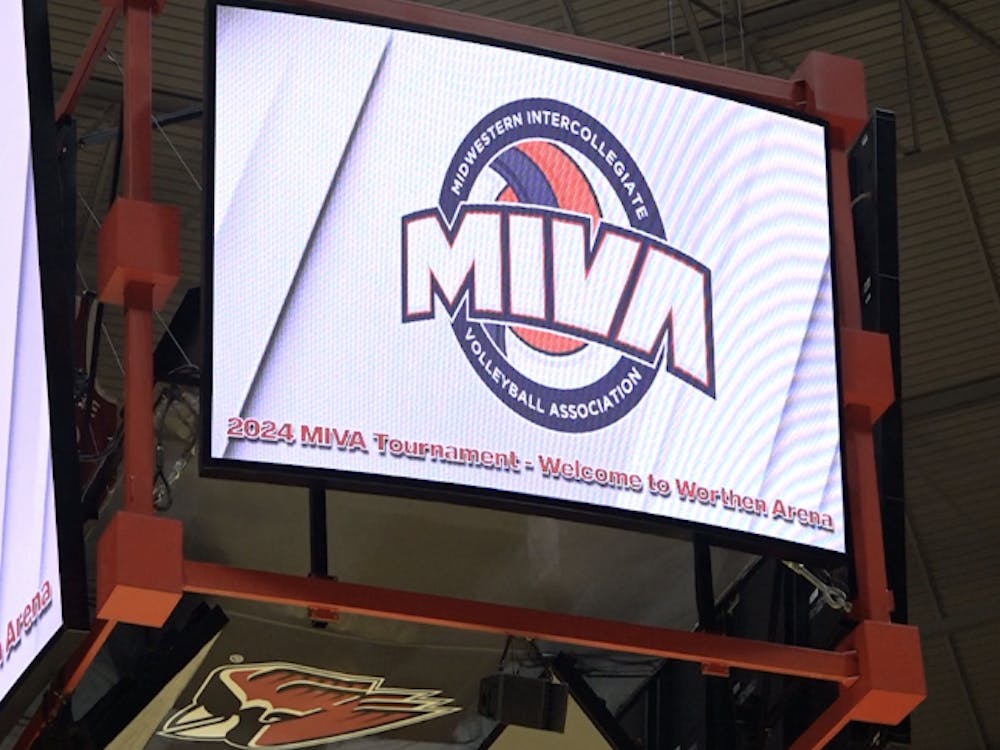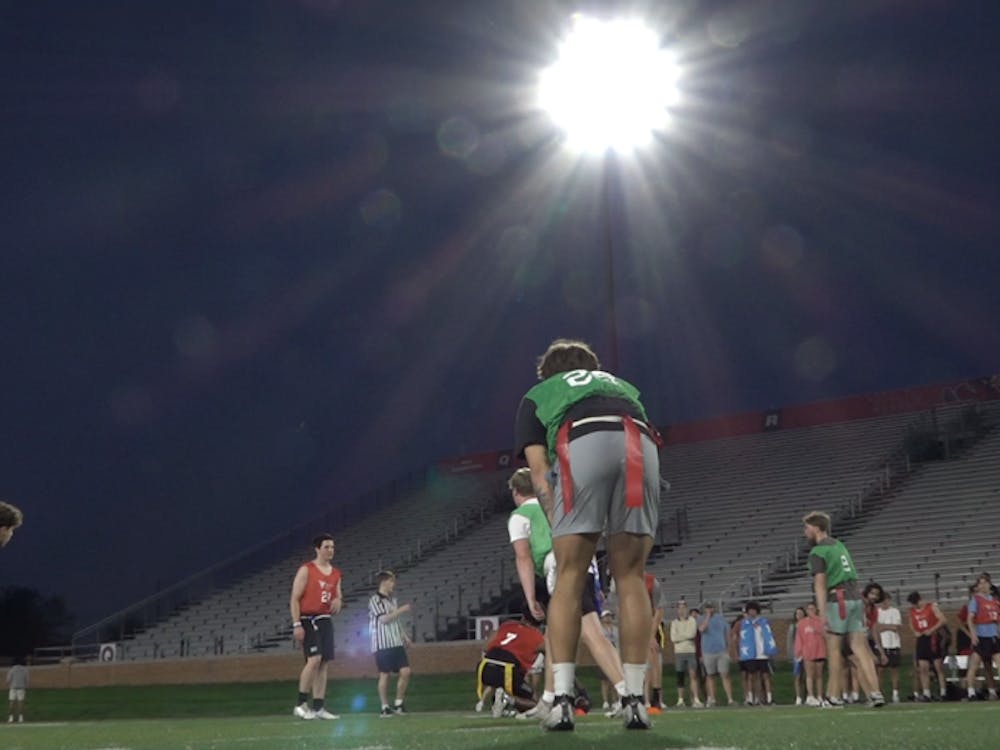Watching Ball State take live batting practice last week, coach Alex Marconi said he was confident his team would hit better this season. In fact, he was confident hitter's across the nation will fare better.
It couldn't go much worse for college offenses. Nationwide, Division I teams averaged 5.58 runs per game last year, the first time since 1977 that number was below six. Home run rates were cut almost in half and ERAs plummeted, all thanks to the NCAA-mandated change to less-potent BBCOR bats, which are meant to more closely resemble a wood bat.
But now, after the worst offensive season in more than 30 years, Marconi is not alone in predicting to see a few more runs this spring. Aaron Fitt, national college writer for Baseball America, said while he doesn't expect offense to return to the level it was in 2010, he does think it will rebound this spring.
"The bat companies have become more comfortable with the new technology," Fitt said. "Reports from around the country suggest players were hitting more home runs this fall. Part of it is the players are getting used to the bat and the way the feel."
Marconi said he believes the Cardinals will benefit from more experience, as well as an increased emphasis on weight training this year. Marconi said it took underclassmen longer to make the necessary adjustments to the new bats than more experienced college players. Because Ball State had 12 players with one year of college experience or less on last season's team, the change hit it particularly acutely.
Though the loss of some key players also hurt Ball State in 2011, it hit 53 fewer home runs than it did in 2010 and saw its average runs per game fall from 7.34 to 5.16.
Second baseman Mitch Widau said just having more swings with the new bats was helpful. When fall ball started last year, Ball State's shipment of BBCOR bats hadn't even arrived, an experience not unique to Ball State. But having used them all last season and throughout the offseason this year has helped Widau, who hit .313 last season, better understand how to take advantage of the new bats.
"Going into last year, we didn't know what to expect," he said. "We've had time and we've adjusted to it like every other team. It's just part of the game now."
In addition to just more repetitions, Marconi made weight training a bigger part of the Cardinals' offseason.
"These bats have sort of exposed the college hitter that wasn't really strong and could get away with using the old bats," Marconi said. "Now, you have to be a more skilled hitter and be stronger to be consistently successful."
While the bats' effects have been heavily debated, Marconi said he is a fan because they only reward the hitters that work to improve and not those that previously were able to rely on the bat to generate extra power. It also makes good coaching more valuable.
"Now the people that can teach the game and can teach hitting are going to be even more important to their program," Marconi said.
Fitt is more ambivalent about the new bats, but noted pace of play increased last season and that the new bats are also designed to decrease the speed at which the ball comes off the bat, making the game safer.
"The game we had before was a fun game and it was popular," Fitt said. "I can see why the coaches were reluctant to change it. But I like that it emphasizes fundamentals. It teaches players to be better baseball players.
"All in all, I think it's good for the game and it's safer. That's the reason they made this change."





